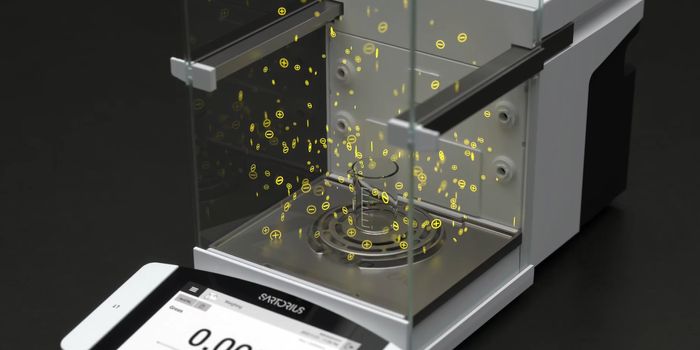Machine Learning Uses Health Records to ID Undiagnosed Immune Disorders
Some disorders can be extremely challenging to diagnose because symptoms cary widely between patients. One example is common variable immunodeficiency (CVID) disease, in which antibodies are deficient and the responses of immune cells called B cells are disrupted. A new study reported in Science Translational Medicine has suggested that CVID could be diagnosed with a machine learning tool that analyzes patient health records. If implemented, this approach could potentially save patients and their families time, and improve their quality of life.
"Patients who have rare diseases may face prolonged delays in diagnosis and treatment, resulting in unnecessary testing, progressive illness, psychological stresses, and financial burdens," said Manish Butte, MD, PhD, a professor and clinician at UCLA. "Machine learning and other artificial intelligence methods are making their way into health care. Using these tools, we developed an approach to speed the diagnosis of undiagnosed patients by identifying patterns in their electronic health records that resemble those of patients who are known to have the disorders."
While many patients with CVID carry a single genetic problem that leads to their disease, those individuals errors have been found in over 60 different genes. Since there seems to be no one cause for CVID, accurately diagnosing and treating the disease is very difficult.
While rare, CVID is one of the more common human inborn errors of immunity (IEI), in which the risk of infection, autoimmunity, and autoinflammation are raised. There are over 500 IEIs, and the list continues to grow.
A machine learning tool called PheNet (based on the word phenotype) was developed to learn the traits and characteristics, or phenotypes of patients who have been diagnosed with CVID. This data can then be used to rank the likelihood that an undiagnosed person has CVID.
Specialists could not learn all of the details of every single IEI, but a machine learning tool can take all of that information into account.
PheNet was applied to millions of patient records in the UCLA electronic health record system, and the top 100 patients likely to have CVID were ranked by the system (without patient identifiers). This work suggested that 74 percent of these candidates probably had CVID.
This approach could potentially also be applied to the diagnosis of other rare disorders, the researchers suggested.
"Our own patients report experiencing years to decades of symptoms before they were referred to our immunology clinic," Butte added. "With PheNet, dozens of patients could have been diagnosed one to four years earlier than they were, and by bringing patients to care years earlier, we should be able to reduce their costs and improve their health outcomes."
Sources: University of California, Los Angeles, Science Translational Medicine




















































